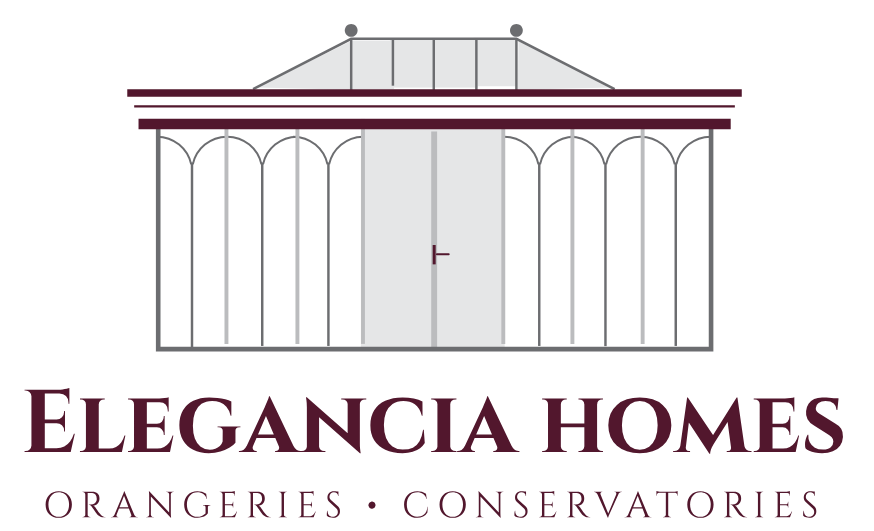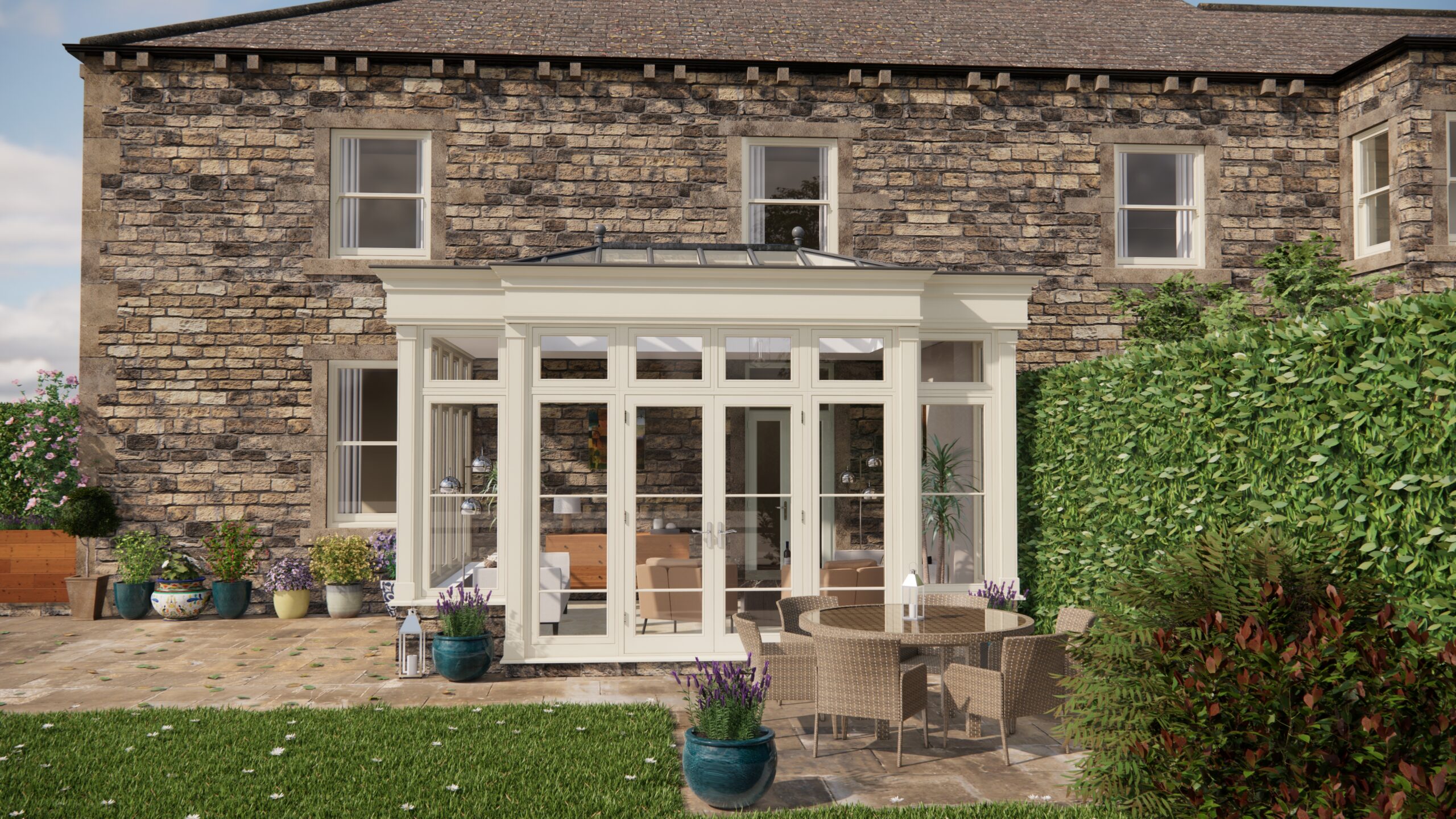Right, so picture this: I’m catching up with my friend Scott the other day, you know, over a cuppa, and we’re rabbiting on about how stressful life is. Then he mentions he’s been diving deep into wellness articles, particularly about how to transform your home into a sanctuary. And that’s when he hit me with this gem: the power of colour and texture in creating a truly relaxing atmosphere. Honestly, it’s not something I’d really given that much thought to before, but the more we talked, the more it clicked. I thought I’d share the gems he shared with me!
Scott’s been looking at how interior design can be used specifically for stress relief. It’s not just about making a place look pretty, but about actively designing it to calm your nervous system. The first thing he brought up was colour. He’d been reading about how certain colours have a direct impact on our mood. Blues and greens, for example, are often associated with serenity and nature. Think pale blues in a bedroom for promoting sleep, or a soft sage green in a living room to create a sense of calm. He mentioned one article specifically looked at the pairing of aromatherapy and color and how they can be used together! The point is to have a colour palette that is harmonious with your mind and body.
He even gave me specific examples, like pairing a lavender essential oil with a light lilac colour scheme for a bedroom. Lavender is known for its calming properties, and the soft lilac reinforces that feeling of peace and tranquility. Or, for a workspace, consider pairing a lemon essential oil, known for its energizing effects, with a light yellow or green accent wall to promote focus and productivity.
Then we moved onto texture. This is where things got really interesting. Scott was saying how incorporating different textures can add depth and visual interest to a room, but also a tactile element that can be incredibly soothing. Think soft, plush rugs underfoot, or a chunky knit blanket draped over the sofa. Even something as simple as textured wallpaper can make a difference. He was pointing out that the aim is to engage your senses in a gentle, comforting way.
We then touched upon how to incorporate these ideas into spaces for activities like yoga. Scott’s been trying to get into yoga himself, but finds it hard to switch off. He’d been reading about how to create a dedicated yoga space at home. He was looking at how orangeries can really boost the space and the benefit of exercise in them. The natural light, plants, fresh air and the natural elements of an orangery is the perfect combination. Scott told me about how adding plants into your home is such a simple way to bring nature into your house and boost your moods. He wants to use his orangery as a yoga and calm relaxation space.
Scott suggested using soft, natural colours in the yoga space – think earthy tones and muted greens. A textured yoga mat, a soft blanket for savasana, and maybe even a small water feature to create a calming soundscape. He also mentioned the importance of decluttering the space. A cluttered space equals a cluttered mind, so keeping it clean and organised is key for promoting relaxation. He was suggesting that lighting is another important consideration. Soft, natural light is ideal, but if that’s not possible, use lamps with dimmable bulbs to create a warm and inviting atmosphere. Avoid harsh overhead lighting, which can be jarring and uncomfortable.
We discussed scents too! For a yoga practice, he was considering using grounding essential oils like sandalwood or frankincense. These scents can help to centre the mind and promote a sense of inner peace. Light incense or a diffuser is a good idea, but avoid anything too overpowering. Scott wants to incorporate a mixture of yoga, relaxation and aromatherapy into his space, so the more he learns the better!
Ultimately, what I took away from our chat is that creating a relaxing home atmosphere is about being intentional with your design choices. It’s about understanding how colours and textures affect your mood and using that knowledge to create a space that supports your wellbeing. It’s also about creating dedicated spaces for activities like yoga and relaxation, and tailoring those spaces to promote calm and focus. Don’t rush the process, the joy is in creating your peaceful space!


